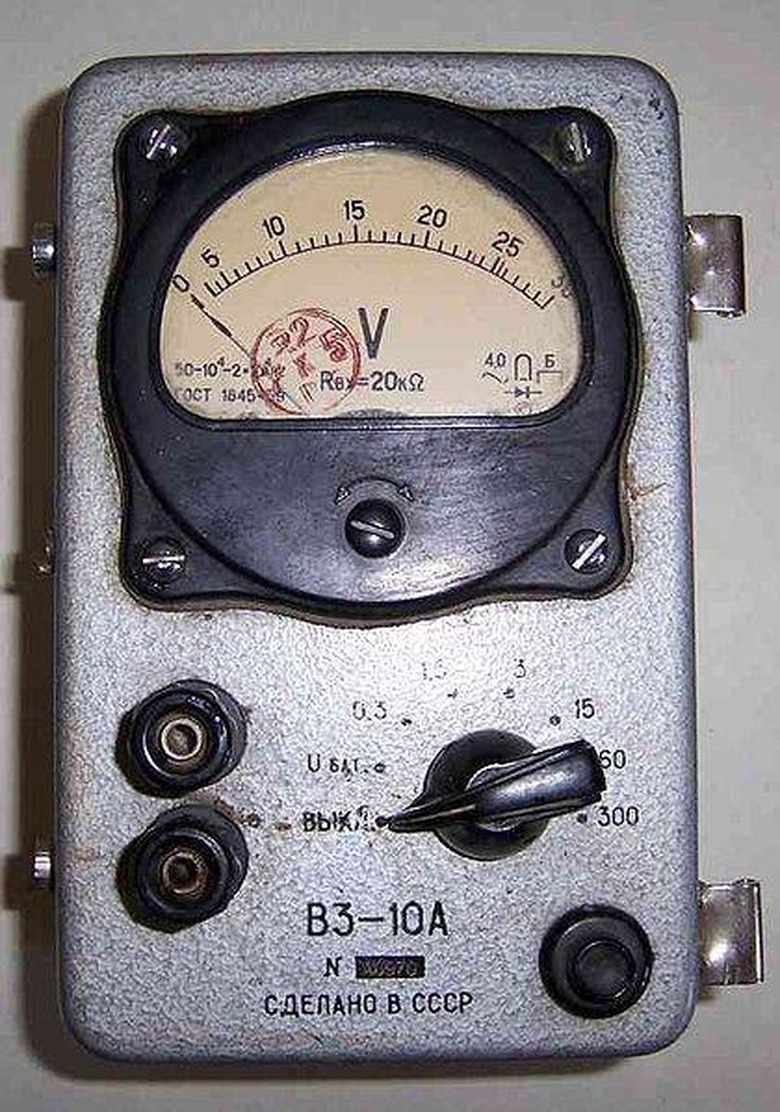How Does A Wattmeter Work?
A wattmeter does a complex job, measuring the power flowing through an electrical circuit. It simultaneously measures the voltage and current values and multiplies them to give power in watts. The three main types are electrodynamic, electronic and digital.
Electrodynamic
Electrodynamic
Electrodynamic wattmeters are a design that goes back to the early 20th century. They work by using three coils: two fixed in series with the electrical load, and a moving coil in parallel with it. The series coils measure current flowing through the circuit, the parallel coil measures voltage. A series resistor limits the current through the moving coil. It's situated between the two fixed coils and is attached to an indicator needle. The magnetic fields in all three coils influence the needle movement. A spring returns the needle to zero when no voltage or current is present. This design is simple, reliable and rugged, though the coils can overheat.
Electronic
Electronic
People using radio and microwave equipment need to measure watts at frequencies much higher than the power grid's 60 hertz. Electrodynamic wattmeters are fine for AC power-line measurements, but the coils are frequency-dependent parts that don't work for radio. For radio, you need a fully electronic approach. Here, an electronic circuit measures the current and voltage, multiplies the two in another circuit, and delivers the result as a proportional current or voltage to a standard meter movement.
Digital
Digital
Digital wattmeters measure current and voltage electronically thousands of times a second, multiplying the results in a computer chip to determine watts. The computer can also perform statistics such as peak, average, low watts and kilowatt-hours consumed. They can monitor the power line for voltage surges and outages. In 2009, a variety of inexpensive digital wattmeters are available to consumers. With the falling price and improved capabilities of digital electronics, they have become popular for conveniently measuring power consumption in household appliances with an eye toward saving energy and money.
References
Cite This Article
MLA
Papiewski, John. "How Does A Wattmeter Work?" sciencing.com, https://www.sciencing.com/wattmeter-work-5030222/. 24 April 2017.
APA
Papiewski, John. (2017, April 24). How Does A Wattmeter Work?. sciencing.com. Retrieved from https://www.sciencing.com/wattmeter-work-5030222/
Chicago
Papiewski, John. How Does A Wattmeter Work? last modified March 24, 2022. https://www.sciencing.com/wattmeter-work-5030222/
